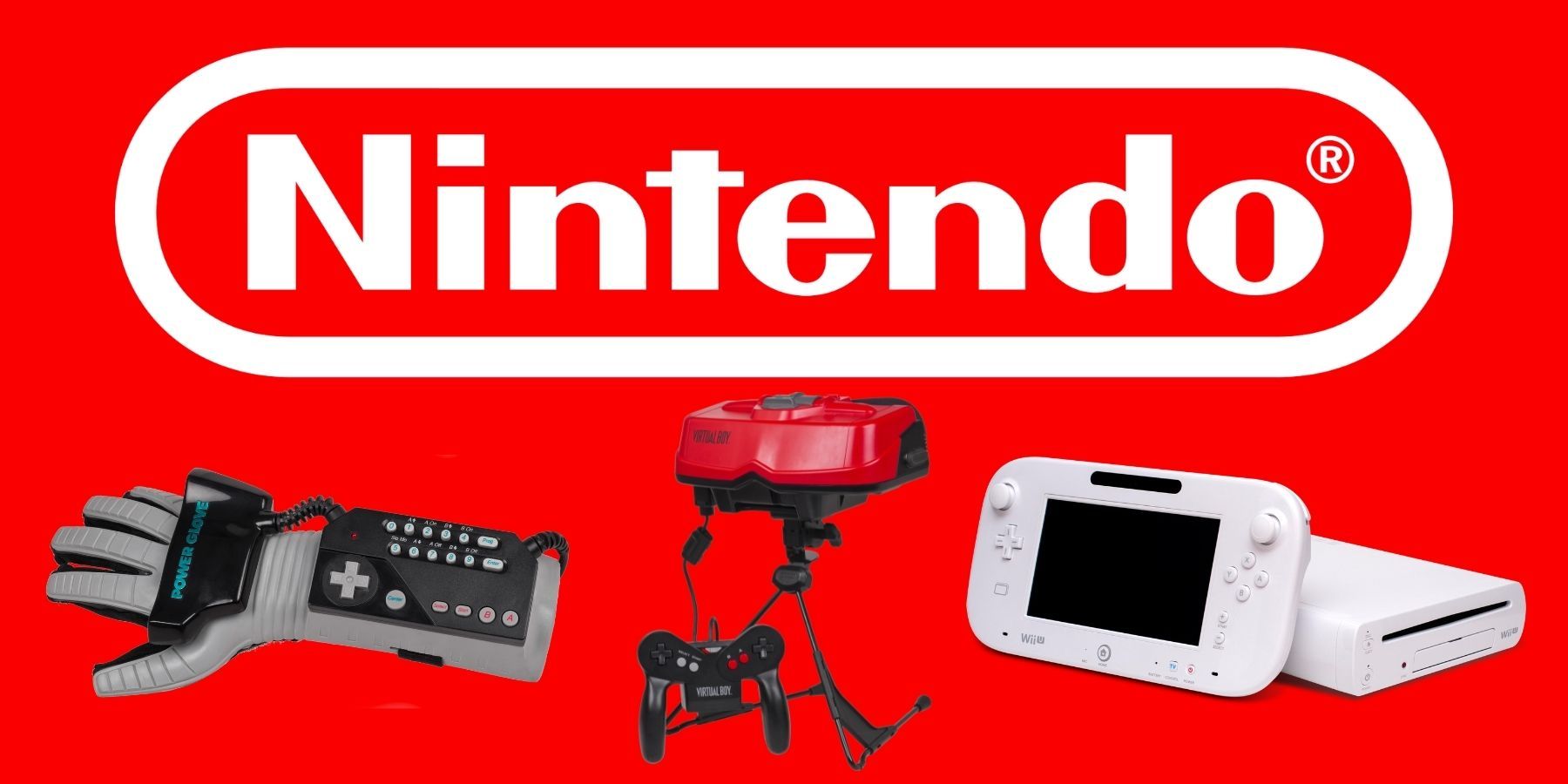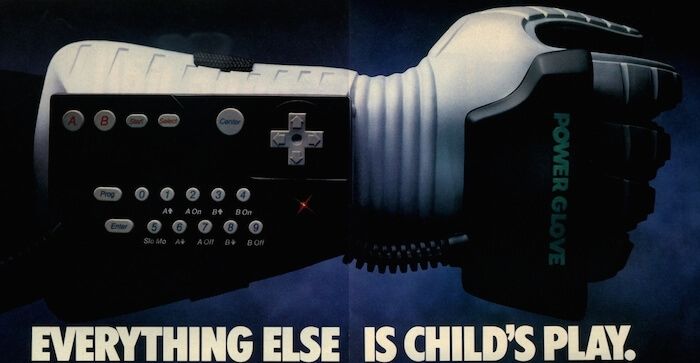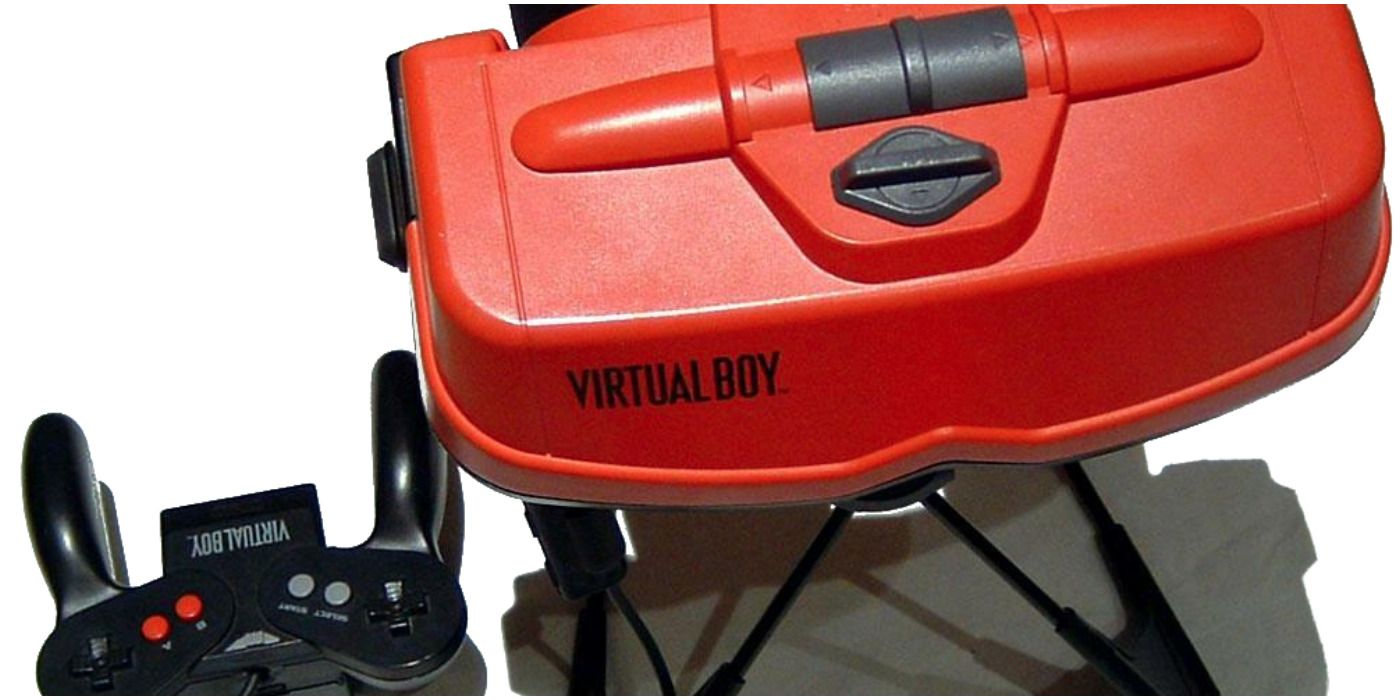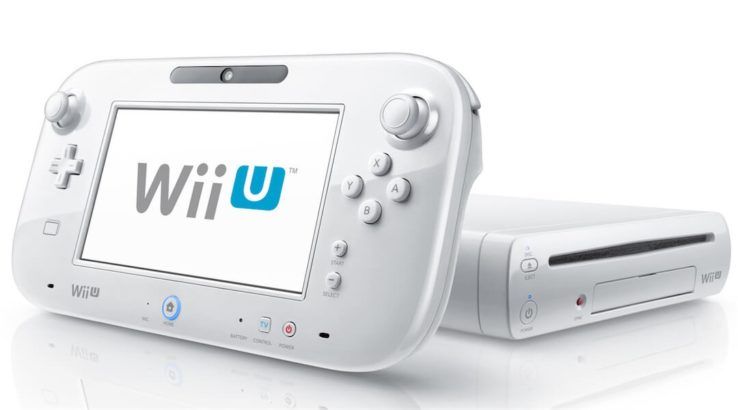The video game industry has routinely been marked by incredible feats of innovation. From advancements in hardware technology to the evolution of software development, the video game industry of today has grown significantly since the arcade cabinets of the past. One of the main supporters of that advancement has consistently been Nintendo. As one of the most iconic names in video game history, Nintendo has been at the forefront of video game innovation for decades, and it's shown no sign of slowing down any time soon.
Through the years, the one area that Nintendo has arguably been the most creative in is hardware. The revolutionary motion controls of the Wii and the current wave of success with the Switch are just a taste of the company's hardware successes, but not all experiments have been received so well. There have been times in Nintendo's history where its attempts to innovate didn't exactly go as planned, due to a fundamental flaw or lack of fan support. In order to recognize how Nintendo has reached the heights that it's currently at, it's worth evaluating some of its failures to see what it took for the company to get there.
Nintendo's Power Glove
Nintendo has shown a certain proclivity towards unique peripherals through much of its time in the video game industry. The Zapper paired with Duck Hunt on the NES is one of the most memorable pieces of hardware that Nintendo has supported, but there's one other piece of hardware that was not as successful. The Power Glove was a distinct take on the traditional controller that combined elements of virtual reality in a way that seemed groundbreaking on paper. Unfortunately, the Power Glove didn't get much beyond two games, and support for the accessory fizzled out shortly after it was released.
Nintendo's Virtual Boy
While the Power Glove may have been a failed attempt at an early form of virtual reality, that didn't stop Nintendo from journeying into uncharted waters with the Virtual Boy. The goal of the Virtual Boy was to create a console with stereoscopic graphics that mimicked a 3D effect by creating a sense of artificial depth. Nintendo and consumers quickly discovered, however, that the technology required to support this ambition wasn't all there yet. Between owners claiming nausea from the headset display, low sale numbers, and a lack of supporting games, the Virtual Boy was quickly dropped by Nintendo in order to support the N64.
The Nintendo Wii U
After the monumental success of the Nintendo Wii through the second half of the 2000s, Nintendo was riding a wave of success that saw no signs of stopping. As it turned out, the company's follow-up to the popular console would be exactly the thing to stop its momentum. The Nintendo Wii U was a mess from start to finish, as many gamers didn't understand whether or not it was a standalone console or an expansion to the Wii when it was revealed. Then when the console did come out, it saw significantly lower sales to the Wii and was abandoned by Nintendo as quickly as possible in favor of the Nintendo Switch.
While it's never fun for gamers to experience disappointing hardware such as these Nintendo missteps, there is a silver lining to be found in each of them. The Power Glove and the Virtual Boy were motivated by a desire for virtual reality, which is now more advanced than it has ever been with consoles like the Oculus Quest 2. Looking at the Wii U, its semi-portable tablet format was very much a precursor to the complete portability and tremendous success of the Nintendo Switch. It all just goes to show that in the video game industry, it can take some dramatic lows to reach some of the most soaring highs.




